The mountains can be as unforgiving as they are beautiful. One wrong move, and you could find yourself in a life-or-death situation faster than you can say “altitude sickness.” But with the right skills, you can turn those towering peaks into your playground and safe haven. I’ve spent countless nights under starry mountain skies, battled unexpected blizzards, and learned the hard way what it takes to thrive in these rugged environments. Whether you’re planning a weekend camping trip or prepping for a long-term bug-out scenario, these 24 skills will dramatically increase your chances of survival in the mountains.
Fire Starting in Wet Conditions

When you’re soaked to the bone and temperatures are dropping, a fire can mean the difference between life and death. Always carry at least three fire-starting methods: waterproof matches, a ferro rod, and a lighter. Look for dry tinder under fallen logs or inside tree bark. Create a base of small, dry twigs before adding larger pieces. Practice building a fire in the rain – it’s a skill that improves with experience. Consider carrying a few cotton balls soaked in petroleum jelly as foolproof tinder that will ignite even in damp conditions.
High-Altitude Navigation
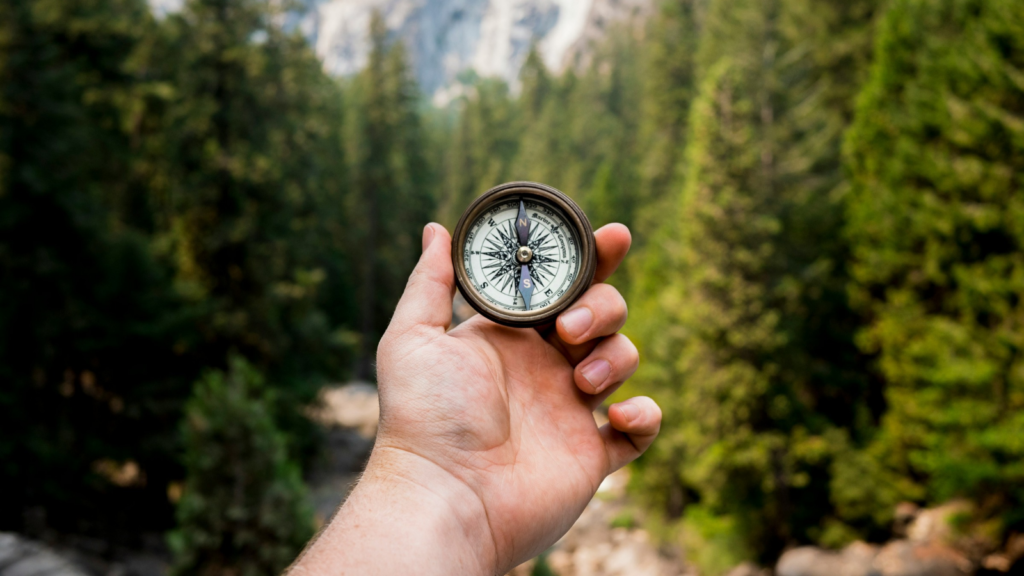
GPS devices can fail, and batteries die. Learn to navigate using a map and compass, and always carry physical copies. Understand contour lines to visualize the terrain. Practice taking bearings and following them in various conditions. Remember, magnetic declination can be significant in mountainous areas, so adjust your compass accordingly. Learn to use natural navigation techniques like using the sun and stars as backups to your primary navigation methods.
Shelter Building

In harsh mountain weather, a proper shelter can save your life. Master building a debris hut using natural materials like branches and leaves. Learn to construct a snow cave in winter conditions – it can be 30 degrees warmer inside than out. Always position your shelter’s entrance away from prevailing winds and on high ground to avoid water runoff. Practice building a variety of shelters, including lean-tos and A-frames, to adapt to different environments and available materials.
Water Purification

Mountain streams may look pristine, but they can harbor dangerous parasites like Giardia. Carry a reliable water filter or purification tablets. In emergencies, boiling water for at least one minute (add an extra minute for every 1,000 feet above sea level) will kill most pathogens. Learn to recognize safe water sources, like springs, and avoid stagnant pools. Understand how to create a solar still to collect water in arid mountain environments where surface water is scarce.
Edible Plant Identification

Mountains host a variety of edible plants, but many have toxic look-alikes. Study field guides specific to your region. Learn to identify common edibles like dandelions, pine nuts, and berries. Always be 100% certain before consuming any wild plant. Start with easily recognizable species and gradually expand your knowledge. Learn the “Universal Edibility Test” as a last resort for testing unknown plants in true survival situations.
Hunting and Trapping

In a long-term survival situation, hunting skills become crucial. Learn to set simple snares for small game. Practice with a slingshot – it’s lightweight and silent. If you’re comfortable with firearms, a .22 rifle is versatile for both small and medium game. Remember, in true survival situations, legal hunting seasons don’t apply. Master the art of field dressing and preserving meat to maximize the value of your hunt.
Fish Catching Techniques
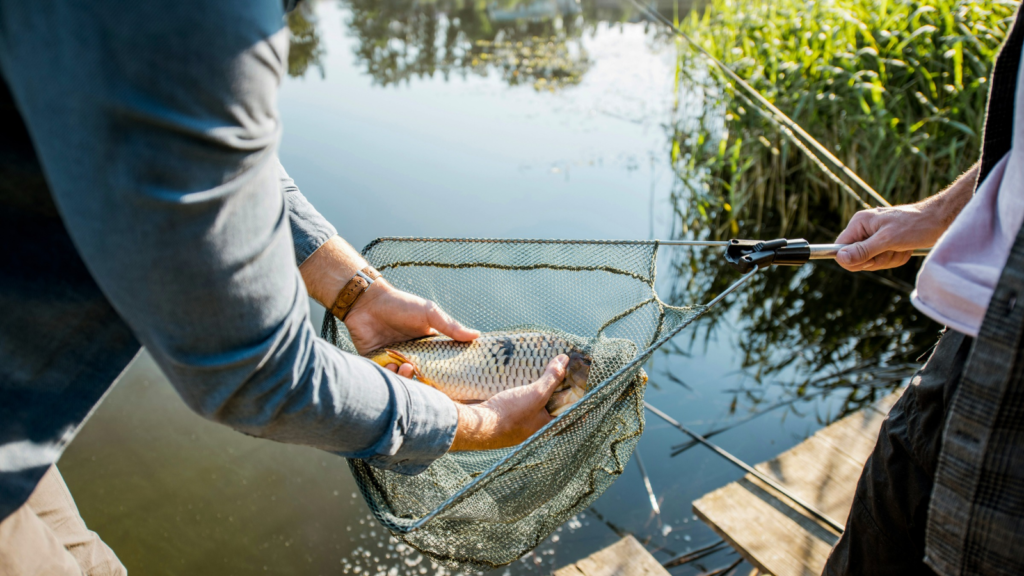
Mountain streams often teem with fish. Learn to craft simple hooks from materials like safety pins or thorns. Master the hand-line fishing technique – it’s more effective than you might think. In clear, shallow streams, try fish trapping by building a stone weir. Always carry a few feet of fishing line and hooks in your survival kit. Learn to identify edible freshwater fish species in your area and understand their habits to increase your chances of a successful catch.
Weather Prediction

Mountain weather can change in minutes. Learn to read cloud formations – lenticular clouds often precede storms. Watch for sudden drops in temperature or shifts in wind direction. Animals can also indicate incoming weather changes – birds flying low often signal an approaching storm. Developing this skill can help you avoid dangerous situations. Understand how elevation affects weather patterns and learn to read a barometer to anticipate pressure changes.
First Aid and Wilderness Medicine
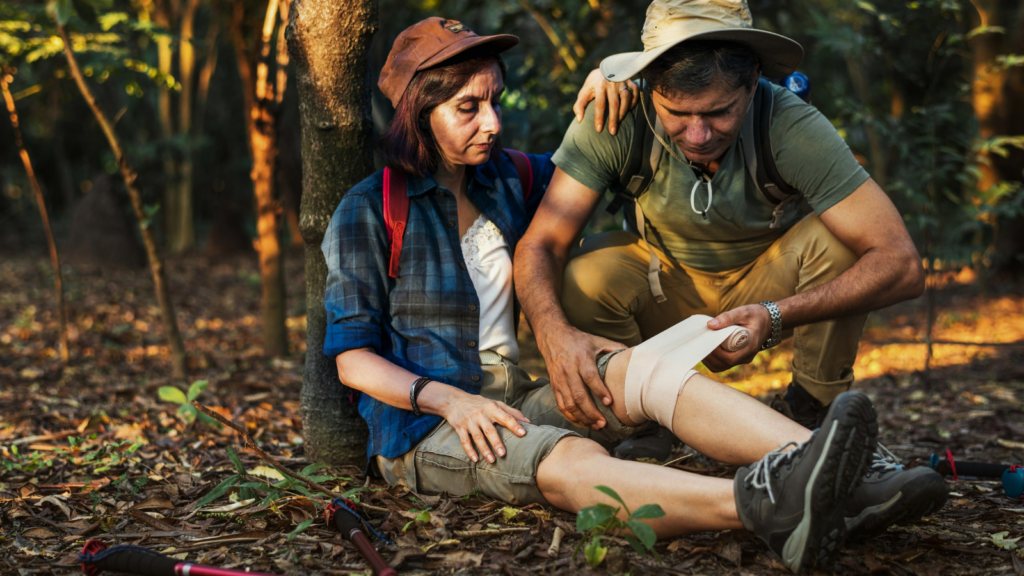
Minor injuries can become life-threatening in remote areas. Take a wilderness first aid course. Learn to improvise splints and stretchers from natural materials. Understand the symptoms and treatment of altitude sickness, hypothermia, and heat exhaustion. Carry a well-stocked first aid kit and know how to use every item in it. Practice scenarios to build confidence in treating common wilderness injuries and illnesses.
Knot Tying

A few well-tied knots can make life much easier in the mountains. Master the bowline, taut-line hitch, and figure-eight knots at minimum. Practice until you can tie them blindfolded – you might need to in the dark. Knowing when to use each knot is as important as knowing how to tie them. Learn to create simple mechanical advantages with ropes and knots for tasks like hauling heavy loads or rescuing a stuck companion.
Snow and Ice Travel
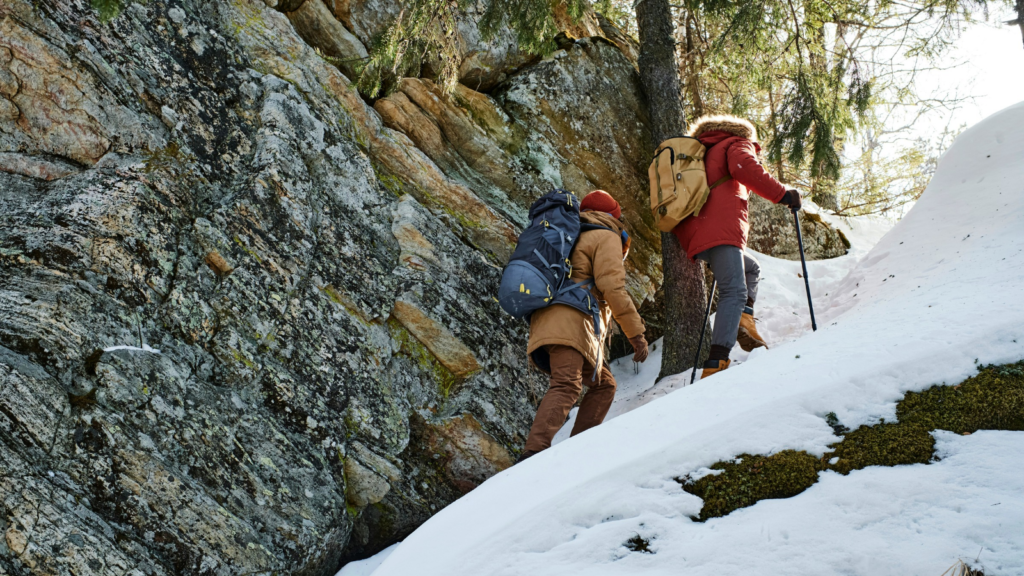
In snowy conditions, knowing how to move safely is crucial. Learn to use crampons and an ice axe properly. Practice self-arrest techniques – stopping yourself if you fall on a snowy slope. Understand avalanche risks and how to assess snow stability. In avalanche-prone areas, always carry a beacon, probe, and shovel. Learn to recognize different types of snow and how they affect travel and safety.
Rock Climbing Basics

Even if you’re not planning to scale cliffs, basic climbing skills can be life-saving. Learn to tie and use a Swiss seat harness with rope. Practice basic belaying techniques. Understand how to assess rock stability and choose safe hand and footholds. These skills could help you navigate treacherous terrain or rescue others. Learn to recognize different types of rock and how they affect climbing safety and technique.
Signal for Rescue
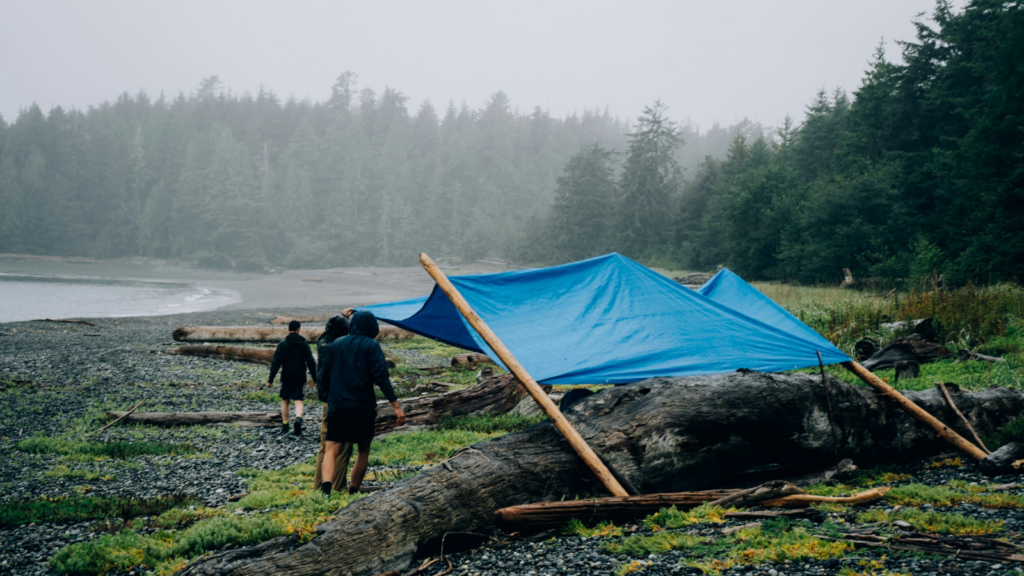
In an emergency, getting rescuers’ attention is critical. Carry a signal mirror and learn to use it effectively – it can be seen for miles. Understand ground-to-air signals – a large “X” means medical help needed. Three of anything (fires, whistles, flashes) is a universal distress signal. A brightly colored tarp can make you visible from the air. Learn to use natural materials to create large, visible symbols that can be seen from aircraft.
Wilderness First Aid

Injuries in the backcountry require specialized care. Learn to clean and dress wounds to prevent infection. Understand how to treat sprains and fractures with improvised materials. Recognize the signs of shock and know how to treat it. Practice CPR and rescue breathing – they could save a life while waiting for help to arrive. Learn to assess and treat common mountain-specific conditions like acute mountain sickness and snow blindness.
Bear Safety

In many mountain regions, bear encounters are a real possibility. Learn to identify bear signs like tracks and scat. Understand the differences in behavior between black and grizzly bears. Always carry bear spray and know how to use it. Proper food storage (using bear canisters or hanging food) is crucial to avoid attracting bears to your camp. Learn and practice proper bear encounter protocols, including how to behave during a bluff charge versus a predatory attack.
Cold Weather Survival

Hypothermia can kill in hours. Learn to recogne its early symptoms like shivering and confusion. Understand the importance of staying dry – wet clothes can lead to rapid heat loss. Master the art of layering clothes for maximum warmth. In emergencies, a garbage bag can be used as an improvised vapor barrier to retain body heat. Learn to build a fire in snow conditions, including how to create a base that won’t sink into the snow as it melts.
High-Altitude Cooking
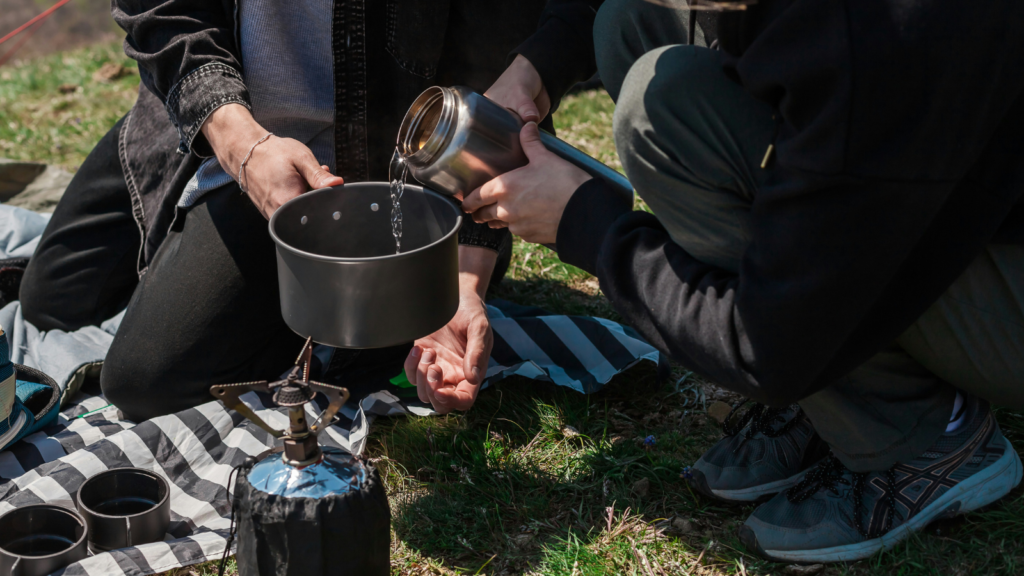
Cooking at high altitudes requires adjustments. Water boils at lower temperatures as elevation increases, affecting cooking times. Familiarize yourself with altitude cooking charts. Pressure cookers can be a game-changer for high-altitude cooking. Learn to make simple, calorie-dense meals that require minimal fuel and water. Understand how to modify recipes for high-altitude baking, as leavening agents behave differently at elevation.
Wilderness Navigation at Night

Nighttime navigation in the mountains presents unique challenges. Learn to identify key constellations for direction finding. A red-light headlamp preserves your night vision. Reflective trail markers can be lifesavers – always carry a few in your pack. Practice night hiking in safe areas before attempting it in more challenging terrain. Learn to use natural navigation techniques like using the moon’s position to determine direction.
Snow Shelter Building
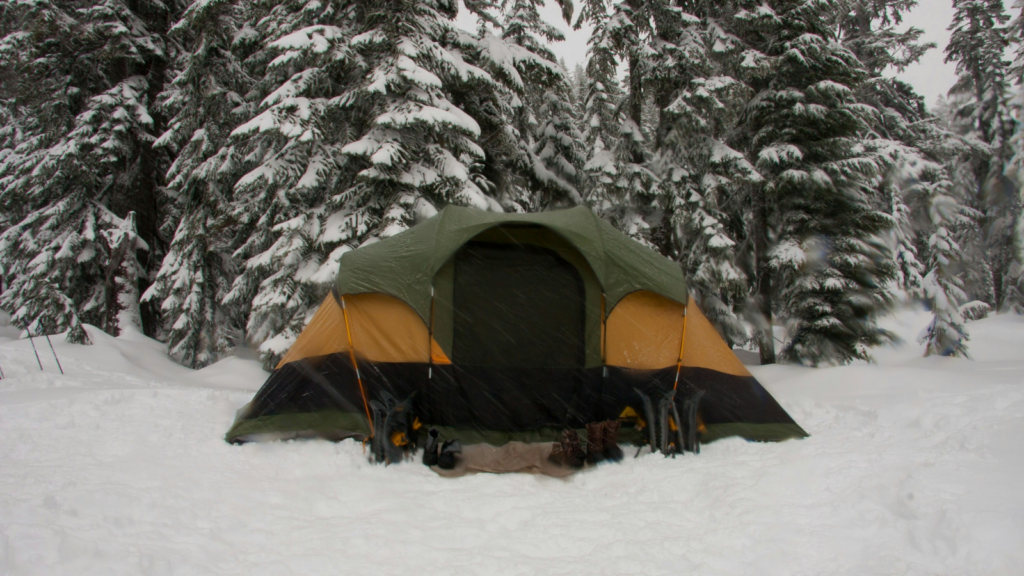
In winter conditions, a proper snow shelter can be warmer than a tent. Learn to build a quinzhee by piling snow and hollowing it out. Understand how to construct a snow trench for quick shelter. Always poke a ventilation hole to prevent carbon dioxide buildup. A well-built snow shelter can be up to 40°F warmer than the outside air. Learn to assess snow conditions to determine the best type of shelter for your situation.
Lightning Safety

Mountain storms can produce dangerous lightning. Understand the 30/30 rule: seek shelter if the time between lightning and thunder is less than 30 seconds, and wait 30 minutes after the last thunder before resuming outdoor activities. Avoid being the tallest object in an area. If caught in the open, use the lightning position: crouch on the balls of your feet with your head tucked and ears covered. Learn to recognize signs of an impending electrical storm, such as static electricity causing hair to stand on end.
Leave No Trace Principles

Responsible outdoor practices are crucial for preserving mountain environments. Learn to properly dispose of waste – pack out what you pack in. Understand how to minimize campfire impacts. Stay on established trails to prevent erosion. Proper food storage not only keeps you safe from wildlife but also protects animals from becoming habituated to human food. Learn how to properly wash dishes and dispose of wastewater to minimize environmental impact.
Emergency Communication

In remote areas, communication can be challenging. Familiarize yourself with satellite messaging devices like SPOT or Garmin inReach. Understand how to use signal mirrors and ground-to-air signals. Learn basic radio protocols if carrying a two-way radio. Always leave a detailed trip plan with someone before heading into the mountains. Understand how topography affects radio and cell phone signals to maximize your chances of establishing communication in an emergency.
Psychological Survival Skills

The mental aspect of survival is often overlooked but crucial. Learn techniques to maintain a positive mental attitude in challenging situations. Understand the importance of setting small, achievable goals when in survival mode. Practice mindfulness and stress-reduction techniques – they can help you make clearer decisions in emergencies. Learn to recognize and manage the psychological effects of isolation and extreme environments.
Improvised Tools and Weapons

In a survival situation, the ability to create tools can be invaluable. Learn to craft a basic knife from stone. Understand how to make cordage from plant fibers. Practice constructing simple weapons like spears or slings for hunting or self-defense. These skills not only provide practical tools but also boost confidence in your ability to survive with limited resources. Learn to identify and use natural materials that can serve multiple purposes, such as pine resin for waterproofing or fire starting.

